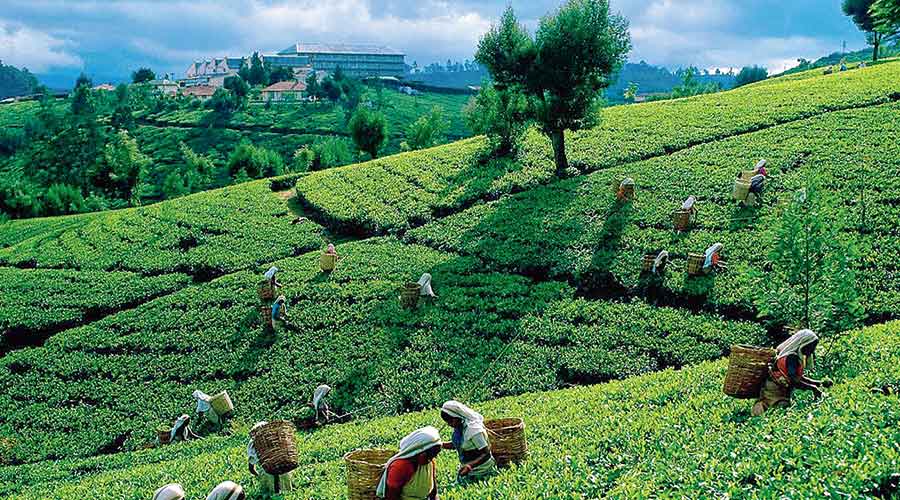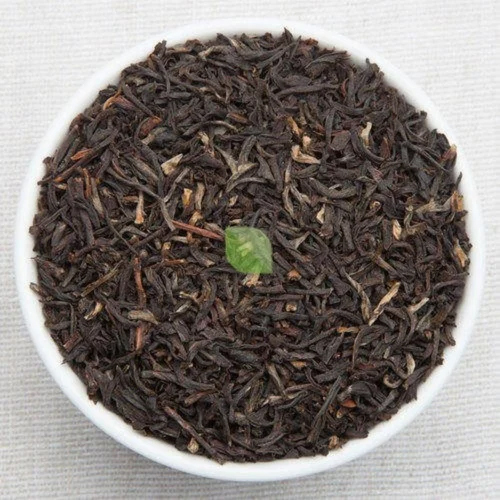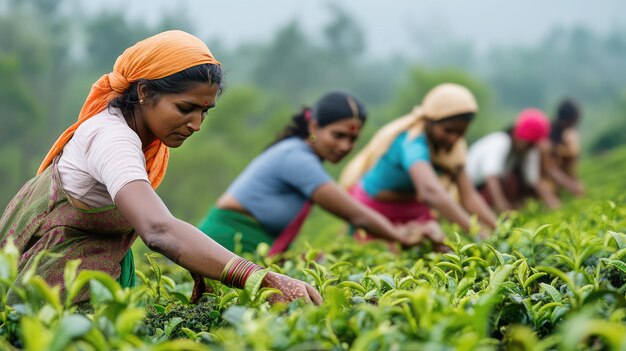
By LinknFoodAdmin On 24-05-2025 at 6:22 am
From Leaf to Legacy: The Journey of Assam Tea by Linkn Foods
When you sip a cup of Assam tea, you're tasting the richness of India's lush northeastern state—a land famed for its bold flavors, misty hills, and age-old tea traditions. Assam tea, often hailed as the “Breakfast Tea of the World,” is not just a beverage—it's a story steeped in culture, climate, and craft. At the heart of this story is Linkn Foods, a company dedicated to producing and supplying authentic, premium-grade Assam tea to global markets.
What Makes Assam Tea Unique?
Nestled along the Brahmaputra River, Assam's climate is characterized by high humidity, rich loamy soil, and ample rainfall—ideal conditions for cultivating Camellia sinensis var. assamica, the tea plant native to this region.
Assam tea is known for its:
Robust flavor
Bright reddish-brown liquor
Malty aroma and taste
High caffeine content, making it a perfect morning brew
The unique terroir of Assam gives its tea a signature boldness, setting it apart from teas grown in other regions like Darjeeling or Nilgiris.
How Assam Tea Is Produced: Step-by-Step Process
1. Cultivation
Tea bushes in Assam are typically grown in large, sun-drenched plantations. Linkn Foods sources its leaves from ethically-managed estates, ensuring sustainability and fair practices. Tea pluckers, primarily women, carefully handpick only the top two leaves and a bud, ensuring premium quality.
2. Withering
Freshly plucked leaves are spread out to reduce moisture. This process, which can take 12-18 hours, helps prepare the leaves for rolling. Linkn Foods uses a controlled withering environment to preserve aroma and integrity.
3. Rolling
The withered leaves are then rolled, either by hand or machines, to release essential oils and enzymes that initiate oxidation. This step gives Assam tea its distinct flavor base.
4. Oxidation (Fermentation)
Arguably the most critical step, oxidation darkens the leaves and develops flavor. At Linkn Foods’ facilities, oxidation is monitored precisely to ensure the leaves acquire the signature malty profile.
5. Drying/Firing
The oxidized leaves are dried using hot air to stop further fermentation and lock in flavor. This process also gives the tea its shelf stability.
6. Sorting and Grading
After drying, the leaves are sorted by size and quality. Linkn Foods offers a range of grades, including:
CTC (Crush, Tear, Curl) for strong brews
Orthodox for traditional, whole-leaf elegance
7. Packaging
To preserve freshness, Assam tea from Linkn Foods is vacuum-sealed or nitrogen-flushed, and packaged in eco-friendly materials that meet international export standards.
Why Choose Linkn Foods for Assam Tea?
With years of expertise and a commitment to excellence, Linkn Foods bridges the gap between traditional farming and modern export demands. Here's why buyers around the world trust Linkn Foods:
🌿 Direct from Source – No middlemen; only estate-fresh tea.
✅ Certified Quality – FSSAI, ISO, and HACCP compliant.
🌍 Global Reach – Trusted by importers in Europe, the Middle East, and North America.
🤝 Custom Solutions – Bulk orders, private labeling, and OEM partnerships available.
Whether you're a tea brand, wholesaler, or café owner, Linkn Foods provides you with consistency, traceability, and flavor that sells.
Author
LinknFoodAdmin
Related posts







